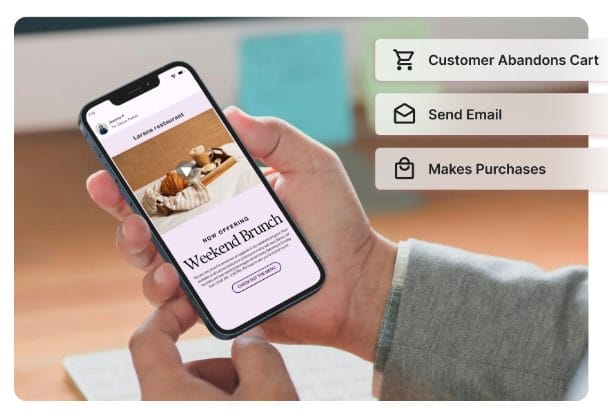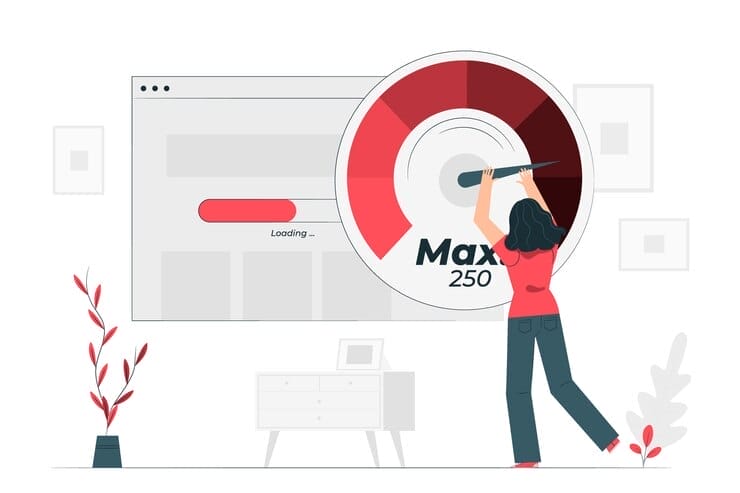Inbound Marketing Vs Outbound Marketing
Inbound and Outbound Marketing has a few similarities and also unique individual functionalities. Inbound and Outbound Marketing can be used separately or simultaneously.
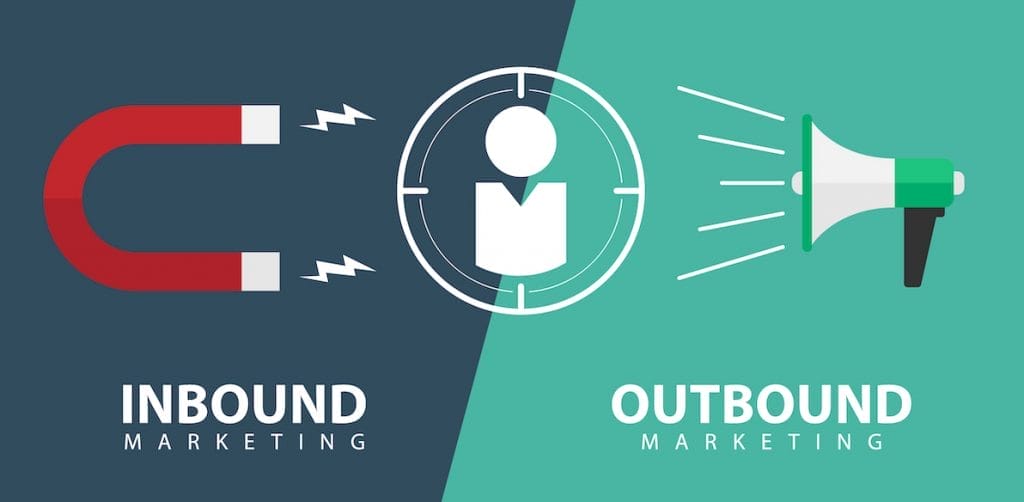
What are the differences between Inbound And Outbound Marketing? As a brand owner, marketing is one of the most important things you need to get right as you plan to build your brand. Without the proper publicity, you can’t expect your brand to go very far. However, it is more complicated than that. You have choices, obligations, data to process, and strategies to follow, which can be overwhelming.
One such decision is what type of marketing you want your brand to make use of. There are two main marketing concepts that you can decide to use, namely, Inbound and Outbound Marketing. But you need to pick the one that best suits your brand.
Don’t worry; we will help you make this decision by showing you the difference between Inbound and Outbound marketing, their strengths, and the ideal situation to use either.
Inbound Marketing
Let us start by describing Inbound Marketing and what it entails. This idea of Inbound marketing is a subtle method of attracting the right audience to your product or brand. To add clarity to this, you need to understand that your prospective customers are out there, going through various products .advertised on the internet to solve a particular problem. These individuals are the target of Inbound Marketing.

Inbound marketing strategies help your brand attract these members who are already actively looking for a brand similar to yours. It involves having the correct type of information, such as SEO content on a blog or the right social media presence, to pull them.
Regardless of what Inbound marketing technique you use, you have to ensure it does not feel forced on the audience. This emphasis on subtlety is why Inbound marketing is often regarded as the ideal and ethical way to promote brands.
Inbound Marketing is very much reliant on Content. You can almost conclude that content is the soul of Inbound Marketing. Video content, blog content, social media ads, eBooks, and guides are various types of content that can be used to implement Inbound marketing for your brand. These contents have to be developed with a consideration of the buyer’s journey. This means you have to consider the following;
– The buyer is trying to understand the problem they are facing and the potential solution you are offering
– The buyer is trying to compare the answer you are offering to other possible solutions available
– The buyer’s final decision to choose your product
Finally, the customer’s experience which turns the buyer into a loyal customer
Another reason marketers pick Inbound Marketing is due to how affordable it is to implement. This is because Inbound marketing is designed to project your brand as a dependable source for the product or service you are offering. This erases the need to chase after potential clients, which is typically an expensive endeavor.
Some benefits of Inbound marketing are;
– It is non-invasive, and potential customers can choose to access your content whenever they feel the need to.
– Leads are continually generated, especially with the content being updated constantly.
– It improves your brand’s credibility, which translates to potential customers trusting you.
– It is usually easy to measure its return on investment.
However, it is not without its difficulties; some of these difficulties are;
– It requires continuous management and maintenance. This is done to keep up with the changes in the needs and wants of the customers with time.
– It takes a lot of time for Inbound Marketing techniques to convert.
– You would need a holistic strategy and team members with a specific skill set to implement.
Inbound marketing is quite common these days, and as such, it may put you in the same box as your competitors if you do not put extra effort into standing out.
Outbound Marketing
We move on to Outbound Marketing. This marketing concept.” is built on the idea that “the larger your message audience, the larger the return.” This is why people who employ this strategy typically send out their message through channels that ensure a large audience sees it.
This has led to it being regarded as Push or Interruption marketing. Marketers put out their brand to a large audience without considering if the audience wants to see it or not. Outbound Marketing utilizes facets of traditional marketing such as TV, radio, print media such as newspapers and magazines, and emails.
Furthermore, with the advancement of technology, Outbound marketing has been extended to the digital space with pay-per-click advertising and spam emails. And it doesn’t matter how interruptive these methods might be; brands implementing Outbound Marketing techniques still anticipate positive responses from some audience members.
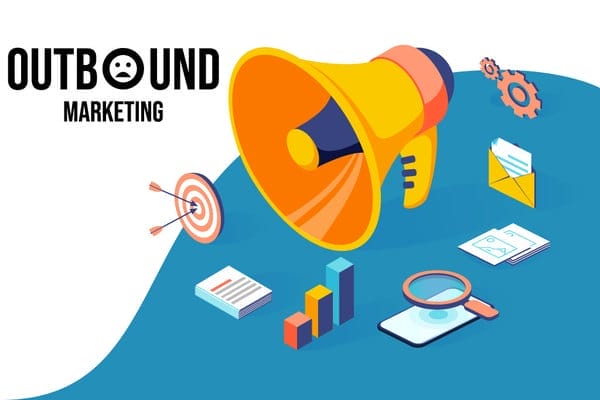
However, Outbound Marketing has been tagged as old-fashioned and ineffective in today’s marketing environment. A lot of marketers, therefore, choose not to follow this route, and here are some of their reasons;
– If you want to use TV or radio adverts, 80% of viewers switch channels when an advertisement comes on.
– In the case of emails, 40% of Outbound marketing emails are deleted before they are read.
Outbound marketing having a disruptive nature can be seen as the root of these challenges. Viewers typically have to pause or stop what they were doing to view or listen to them, which makes it annoying because they did not request it.
This might leave you wondering why some marketers still go for it when it is something the audience typically does not respond to. Well, that is because of how quickly Outbound Marketing yields results. Also, Outbound Marketing is the best method to sell the idea of new brands and products to the general public.
With this in mind, let us have a look at some of the benefits of utilizing Outbound Marketing; some of these benefits are:
Audiences are accustomed to Outbound Marketing: These days, they are accustomed to adverts while enjoying their favorite shows or pages in their newspapers and magazines. Some of them end up regarding these sources as dependable, and you can use this to your advantage.
Immediate Results: We touched on this earlier; here, we will add to that notion. It might be annoying and disruptive; however, it promises results that arrive faster than Inbound Marketing. Its disruptive methods help you find customers that aren’t even looking for your brand.
Promote Awareness: If you are a new company, or a company looking to improve your brand awareness or a new product, Outbound marketing is the best way to go. You can send your brand’s messages to a large audience and immediately get them talking about you.
We already spoke about most of its challenges earlier, so we would highlight some other ones and not dwell on them. These include;
– Outbound Marketing is not appealing to the public
– It is pretty easy to tune out outbound marketing strategies
– Measuring its Return-on-Investment can be pretty difficult
– Implementing Outbound marketing strategies can be expensive
Differences between Inbound and Outbound Marketing
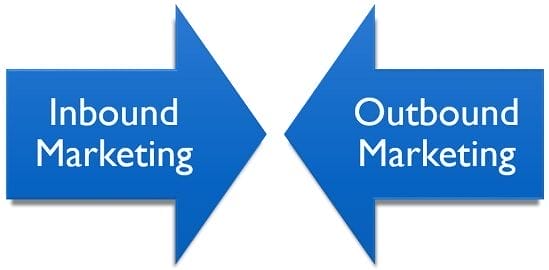
By now, you should know what Inbound and Outbound Marketing are. However, you still must know the critical differences between inbound and outbound marketing. There are some key differences between inbound and outbound marketing without further ado.
– Inbound marketing attracts the attention of its target market with its content. Meanwhile, outbound marketing focuses on pushing out messages of its brand to everyone.
– The contents of inbound marketing tend to the target audience’s needs, while Outbound marketing seeks to sell the product or brand to the audience.
– Inbound marketing creates opportunities for the brand to interact with its customers; Outbound Marketing, however, has a one-way communication setup.
– Outbound marketing typically interrupts what the customer is consuming; inbound marketing, however, has the customer looking for the brand’s content to consume.
– The content distribution is continuous for Inbound marketing; Outbound isn’t easy, and marketing can distribute its messages inconsistently.
– Quantifying the amount of customer interaction in Inbound Marketing is easy. This isn’t easy when dealing with Outbound marketing
– Inbound Marketing is focused on those who have an interest in the company’s products. At the same time, Outbound marketing pushes its message to the general public against their will.
– Inbound marketing is built on subtle tactics to capture the audience’s attention, but Outbound marketing drives its product to the public instead.
– It can be costly to set up Outbound marketing. The total expenses needed for it is higher than what you get with Inbound Marketing.
– Inbound marketing is designed to make customers look for your brand, while outbound marketing can be seen as your brand looking for customers.
We have described Inbound and Outbound Marketing, their advantages, challenges, and differences. How about when to use both of them? In what situations would you need Inbound Marketing and when would you need the interruption of Outbound Marketing?
When should you use Inbound Marketing?
So, what instances are best situated for Inbound Marketing? It would help if you didn’t forget the simple fact that Inbound Marketing takes time to produce the desired results. One of the reasons for this is the time required for search engines to recognize, understand and rank your content.
If you have the patience to build your brand and limited resources, Inbound marketing is your best option. It is significantly less expensive than Outbound marketing, and once it is in place, it can generate regular site visitors and pull the right audience and clients.
However, it would help if you had a clear strategy for your content creation. For that, you need to do the following:
– Audience research
– Analysis of your competition
– Hatching social media content material
– Search Engine Optimized content for your blog
– Link Building
This shows how much effort is needed in Inbound marketing. So, while you are not spending much, you are working harder and smarter with the right strategy.
When to use Outbound Marketing
For Outbound marketing, this is best used when you want to promote a brand or product. Just think about the prospect of promoting your new product with TV ads, Billboards, and the front pages of Magazines. Plus, outbound marketing tactics can extend to social media and other online spaces to increase your reach.
These methods tend to make specific audience members curious about the brand or product. This leads to some or all members of the general public becoming aware of the brand or the product. Inevitably, when they require solutions related to this product, it becomes one of the first ones they look to.
Outbound Marketing vs Inbound Marketing – Which is Better?
Having read through the materials available concerning the two, you are probably hoping to choose the better one. Sorry to dash your hope, but none is greater than the other; in the true sense, you need to implement the two seamlessly into your brand marketing. Based on our information, it would be nice to say that Inbound marketing is superior. It is not so simple, unfortunately. Both are suited for different situations. So, instead of thinking about which is better, it’s best to think about which is best suited for your brand.
When executed correctly for the right situations, you’d find the company reaping its benefits. Furthermore, there is also the idea of combining both of them to yield better results.
You can put together your Inbound marketing strategies to prepare for the visitors to your site that will be generated through your Outbound marketing strategy. This will ensure you do not miss out on the benefits of any of them.
Conclusion
Whatever you choose, you want to remember that having a great strategy will drastically boost your chances of success. So, remember to prepare that strategy early and make the right plans to execute them.
READ ALSO: How to Leverage Personalized Video Email Marketing
You love this Article right? Get more Updates via Adilo Twitter Page.
https://i.workana.com/glossary/what-is-outbound-marketing/
https://www.ismartcom.com/blog/7-reasons-inbound-marketing-is-so-important-for-your-business
https://schoolscompass.com.ng/blog/2020/11/23/4-common-mistakes-that-contributes-to-low-enrollment/
https://keydifferences.com/difference-between-inbound-and-outbound-marketing.html

